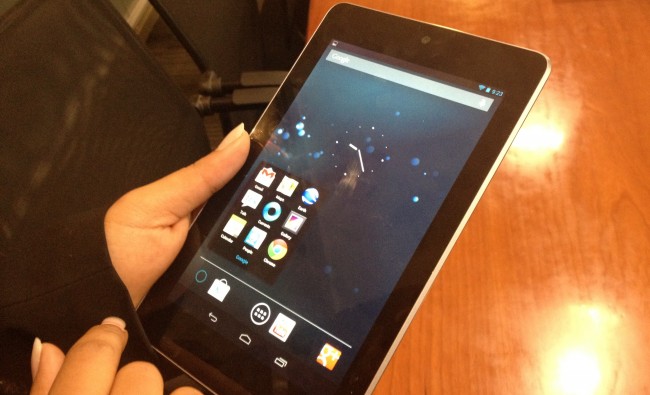Five years ago, launching a decent streaming platform took millions. Now? A teenager with a laptop can build something that reaches millions. That shift…
Nexus 7 version 2 arriving July sources say


Come July, Google plans to release the next version of the Nexus 7, according to Reuters sources. The next-gen Nexus 7 will have a Qualcomm CPU (replaces the might Nvidia Tegra 3), a higher screen resolution and will be thinner. Let’s hope Google keeps that incredible rubberized backing.
Reuters sources declined to impart further details of the new Nexus 7 due to lack of media authorization. But we can guess what else the Nexus 7 mark 2 will have. We bet on an upgraded camera, more RAM, greater internal memory and the latest version of Android. Anything else is a cherry on top. Is the move to Qualcomm a smack in the face for Nvidia? Most likely yes, as Nvidia’s once-exclusive partnership with the Nexus 7 was a money-spinner for them. Nvidia is not as fiscally sound as it used to be, and any loss of hardware exclusivity should not be viewed with a flippant eye.
Google is aiming for a massive hardware push with the second Nexus 7, as many as eight-million units shipped before the end of the year. Google’s revenue comes from online advertising, so devices that push Google ads are like money in the bank. These devices will be Google machines right out of the box, with ads intelligently targeted towards specific users. Google’s smart like that.
The Nexus 7 sells for around US$199. The next Nexus 7 should sell for the same price the Nexus 7 launched at, if it wishes to remain competitive in a very crowded 7-inch tablet market. The Reuters story even goes as far as to price the new Nexus at US$149, but that’s a pipe dream for the young and foolish. If Google wishes to maintain a healthy profit, it must keep the new Nexus 7 at US$199 or above.
Although, this price may drop if Google uses the “zero margin strategy”. It’s reported that 97% of all Google revenue comes from advertising. And as we said earlier, more mobile devices means further consumers of Google ad content. Hence the use of a “Zero margin” (even though most business discredit the strategy).
Google, Nvidia and Qualcomm all refused to comment on the rumours and speculation.


